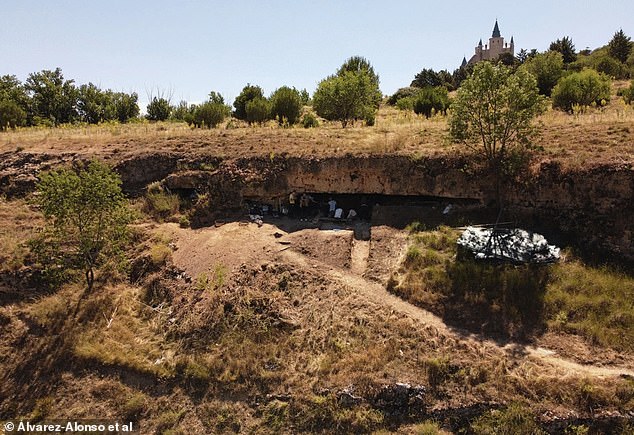
"Neanderthal-Crafted Portrait Unearthed: 43,000-Year-Old Art Challenges Human History"
Ancient Artistry: Neanderthal-Crafted "Face" Pebble Redefines Human History
A 43,000-year-old pebble discovered in Spain’s San Lázaro rock shelter may be the earliest known depiction of a human face, crafted intentionally by Neanderthals. The stone, unearthed in 2022, features a striking red ochre dot positioned to resemble a nose, suggesting symbolic artistry by our ancient relatives.

The San Lázaro pebble, with a red ochre "nose," challenges assumptions about Neanderthal creativity.
Discovery and Analysis
The pebble was found buried under 1.5 meters of sediment in Segovia, Spain, during a five-year excavation led by researchers from the University of Madrid. Its size and red mark stood out among smaller stones. Using spectral analysis, scientists confirmed the pigment was ochre, a clay-based paint, applied deliberately. The team suggests a Neanderthal pressed a finger coated in ochre to create the dot, forming a "face" alongside the stone’s natural ridges.

The ochre fingerprint, the oldest full adult print ever found, indicates intentional artistry.
Symbolic Significance
The precise placement of the dot implies symbolic thinking, a trait once thought unique to modern humans. “This wasn’t random,” said lead researcher María de Andrés-Herrero. “It reflects a mind capable of abstract ideas.” The pebble, transported from a river 5 km away, was likely chosen for its shape, hinting at Neanderthals’ ability to repurpose objects artistically.
Redrawing Human History
Previously, the oldest known facial depictions were attributed to Homo sapiens, such as the 25,000-year-old Venus of Brassempouy. This discovery pushes the timeline of symbolic art back by nearly 20,000 years and credits Neanderthals with the milestone.


